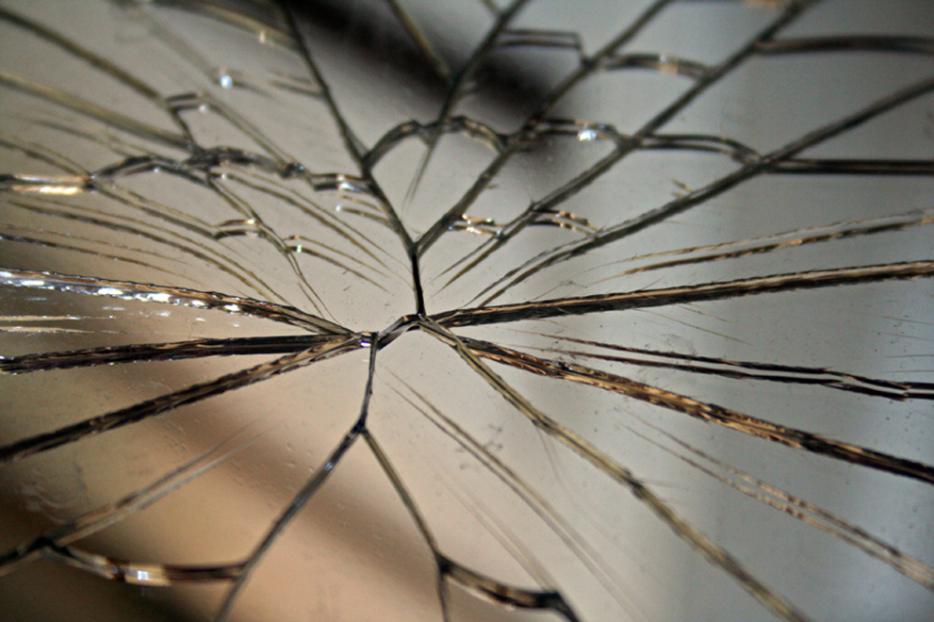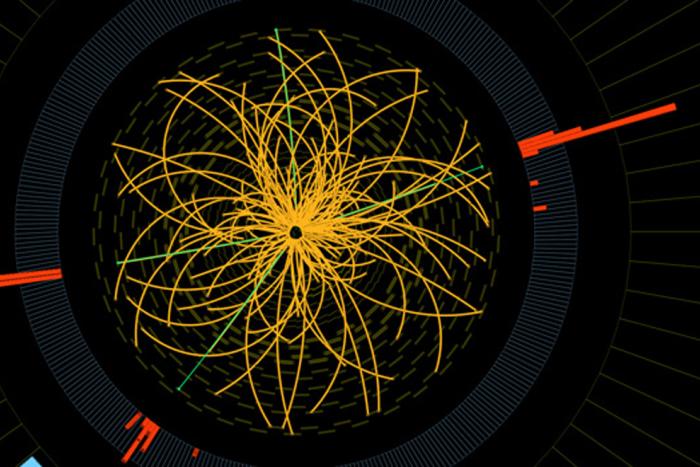Memory, for better and for worse, is like a highlight reel. That torrid first kiss in the silence of a bitterly cold winter night is likely burned forever into my brain. Last week’s cheese sandwich? Not so much.
Our sense of who we are, though, is often stitched together from a combination of both the sublime and the mundane. It’s fair to say our identities are shaped more by the minutiae that make up our day-to-day lives—things that in their very ordinariness tend to slip out of our memories without much thought.
Perhaps it’s because I’m an immigrant, a racial minority—or just a weirdo—but the loss of everyday anchors of self has always felt immensely sad. To me, it’s always the odd, plain things—the skits before kids’ TV shows; the jingle from the Food Network; the feel of an old-school computer—that seem as if they’re constantly evaporating. And as I lamented here on Hazlitt recently, as digital tech becomes more a part of us, the pace of change on websites and online services often seems to make this phenomenon worse.
There is a strange flipside to these constant mini-erasures, though. The web, in its immediacy and massiveness, represents an enormous archive of the ordinary. For someone like me it is akin to a personality goldmine, an unending treasure-trove of fragments of my past. Take YouTube. There I have discovered innumerable things from my youth I had assumed lost, or had simply forgotten. Whether the absurd, patently Thathcherite children’s show about a factory machine named Bertha, adverts that now seem incredibly strange, or the catchy music from a long-forgotten video game, the site and its users capture things that, without the technology, I would have lost forever.
It isn’t just videos, though. The sheer scope of the web means I can endlessly wade through stories I read as a child, the first songs I truly loved as a teenager, pictures of my primary school, and a similarly endless array of the past. The ephemera and detritus of life that would have otherwise been cast aside are now collected on my computer screen.
What’s most interesting about coming across these tokens of self-history, though, is the way they lay bare the different paths my life could have taken. We often think of our histories as linear chains in which we moved logically from one step to the next. In actuality, our lives are webs of possibilities, and at each juncture we could have very easily scurried off in another direction. The surge of memory I get when I stream Soul II Soul on Rdio isn’t just nostalgia; it is a recollection of how very different—and perhaps better—my life could have been. It seems the double-edged sword of having so much past available is that the sting of regret is that much easier to feel.
Just as we have access to this grand social history, we also have our own personal archive on social media. Recently, scholar Nathan Jurgenson wrote about how our own banks of memory on Facebook and Twitter, full of embarrassments and things we wish to leave behind, are a reason to rethink how we approach our "inner selves"—that “maybe, just maybe, it will encourage an understanding of identity as more fluid.”
In response, Rob Horning suggested quite the opposite: that the availability of these tools of identity surveillance will make it more difficult to shake our pasts, as our peers, families, and technologies never let us forget long-discarded ideologies and incriminating mistakes. These documents of identity may, far from being freeing, instead function like anchors that fix us to our past.
It is thus a strange double bind we have landed ourselves in. On the one hand, the digital social archive can elucidate how provisional our identities are, how cobbled together by thousands of arbitrary decisions over the years. (It is perhaps for this reason that we are so adamant that who we are reflects “who we truly are inside”: the truth, that our identities are tenuous, is far more discomfiting.) On the other hand, while we could once easily leave behind these reminders of our constructedness, the very technology that lets us reconsider our lives may also help pin us in place, never letting us move beyond the errors that are an inherent part of growing up.
What it seems we must popularize, however, is the idea that the self is not a thing inside us. It is a process, an unfixed quantity constantly invented in relation to images of our self from both past and imagined future. We carry these reminders and reflections of self with us, and now, with social media, we also produce them for others. This new technology has laid bare just how loose our connection to our true selves really is—that the truth of our selfhood is a fiction, as much today as it was when our Facebook timelines began.






